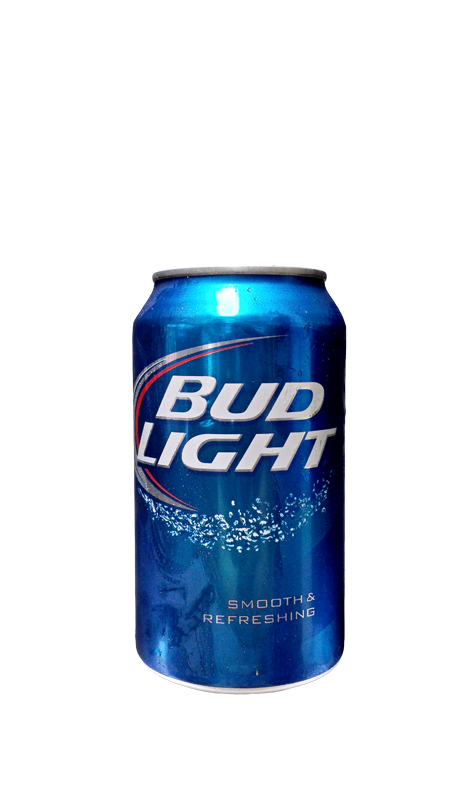When it comes to light beer, Budweiser Light, or simply Bud Light, stands out as a top choice for many beer enthusiasts. With its crisp, clean taste and lower calorie count compared to regular beers, Bud Light has carved a niche in the hearts of drinkers who want to enjoy beer without the extra calories. Its popularity is not just limited to casual drinkers but extends to those who appreciate a well-balanced brew that doesn't compromise on flavor.
Bud Light's journey to becoming one of the most popular light beers in America is fascinating. Launched in 1982 by Anheuser-Busch, it quickly became a contender against Miller Lite, which had already established itself in the market. Over the years, Bud Light has maintained its status through innovative marketing strategies and consistent quality, making it a household name synonymous with good times and celebrations. Let’s delve deeper into what makes Bud Light a favorite among beer lovers.
The Rise of Light Beer: A Consumer Revolution
The emergence of light beer in the late 20th century marked a significant shift in consumer preferences. As health-consciousness began to rise, more people sought beverages that offered a refreshing experience without the hefty caloric load. In response to this demand, breweries like Anheuser-Busch introduced lighter alternatives, paving the way for products such as Bud Light. This movement transformed the beer landscape, appealing to a broader audience seeking moderation in their drinking habits.
Bud Light was strategically positioned to cater to these changing tastes. By focusing on a formula that balanced taste with reduced calories, Anheuser-Busch ensured that their product would resonate with both traditional beer fans and newer audiences looking for healthier options. The introduction of Bud Light thus represented not only an evolution in brewing technology but also an understanding of evolving lifestyle choices among consumers.
This transformation wasn’t without competition. When Bud Light hit the shelves in 1982, it entered a market dominated by Miller Lite, which had been leading the charge since its launch in 1975. However, Anheuser-Busch leveraged its extensive resources and brand recognition to effectively challenge Miller’s dominance, ultimately establishing Bud Light as a formidable competitor in the light beer segment.
A Taste That Stands Out
One of the primary reasons Bud Light continues to thrive is its distinct flavor profile. Unlike some other light beers that can come across as bland or overly processed, Bud Light manages to retain a satisfying taste that appeals to a wide range of palates. Its subtle maltiness combined with a gentle hop presence creates a drinkable yet flavorful experience, setting it apart from competitors.
Moreover, Bud Light’s commitment to quality ingredients plays a crucial role in maintaining its reputation. Brewed using all-natural components, including barley, rice, water, and hops, each batch undergoes meticulous craftsmanship to ensure consistency and excellence. This dedication to authenticity resonates deeply with consumers who value transparency and integrity in their beverage choices.
In addition to its taste, Bud Light offers versatility that caters to various occasions—from casual gatherings to large-scale events. Whether enjoyed straight from the bottle, poured into a chilled glass, or paired with lime for added zest (as seen in its popular Bud Light Lime variant), there are countless ways to savor this iconic brew, further enhancing its appeal across different demographics.
Celebrating Iconic Moments Through Advertising
An integral part of Bud Light’s success lies in its powerful advertising campaigns. From Super Bowl commercials featuring celebrity endorsements to humorous skits capturing everyday life scenarios, Anheuser-Busch has consistently used creative storytelling to connect emotionally with its audience. These advertisements often highlight themes of camaraderie, fun, and celebration, reinforcing Bud Light’s image as the go-to choice for social interactions.
For instance, recent ads featuring big names like Shane Gillis, Post Malone, and Peyton Manning exemplify how Bud Light leverages pop culture to stay relevant while staying true to its core values. Such collaborations help keep the brand fresh and engaging, ensuring it remains at the forefront of consumer minds during key moments like sporting events or holidays.
Beyond mere promotion, these efforts contribute significantly towards building brand loyalty. By associating itself with positive experiences and memories, Bud Light fosters a sense of belonging among its customers, encouraging repeat purchases and advocacy. As a result, it continues to dominate the light beer category year after year, solidifying its place as a beloved staple in households nationwide.

